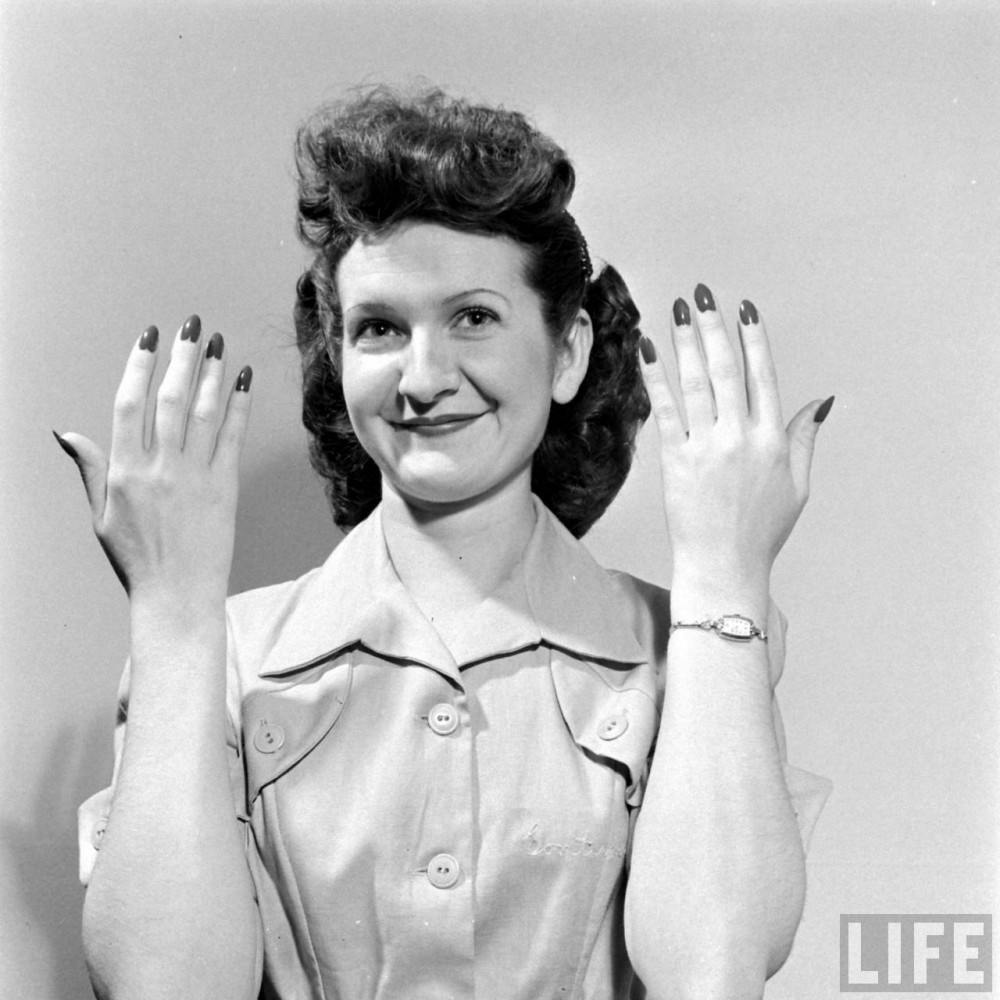It’s flip-flop season! Before you go get a pedicure and flaunt your toes, here is a history of the paint that we have been adorning our nails with for thousands of years.
3200 B.C., Babylonia
Excavations of royal tombs found the first manicure set in ancient Babylonia. Babylonian males of all classes wore nail polish, but instead of using henna like Indians are speculated to have used prior, they used kohl. The color of the nail worn by the males signified class, with black worn by the higher classes and green worn by the lower classes.
3000 B.C., China/Egypt
The Chinese used nail color as a distinction of class and dynasty. They combined egg whites, beeswax, Arabic gum and flower petals to create a pigment that they would soak their nails in for hours to reach a desirable effect. The process was reserved for the upper class, and the color worn generally reflected the colors of the ruling dynasty.
Around the same time as the Chinese, ancient Egyptians women began staining their nails using henna. However, unlike the Chinese, people of all classes were permitted to beautify their fingernails. Like the Babylonian men, colors were used to distinguish among the classes, with the lower classes wearing pale colors and the upper classes wearing shades of red. Nefertiti is said to have painted her nails with ruby tones, while Cleopatra wore hers blood red.
1800s, Britain
Purity and hygiene were all the rage during the Victorian era, so clean nails were a must. The most popular type of manicure was simple, merely buffering nails and tinting them with red oil.
1920, France
Inspired by high-gloss car paint, makeup artist Michelle Menard adapted the enamel used for cars for use on nails, resulting in a glossy lacquer similar to the polish we use today. Her creation was popular among flappers who generally only painted the middle of the nail, leaving the cuticles and tip bare in a style known as “The Moon Manicure.”
1932, America
The company that Menard worked perfected her formula using pigments instead of dyes and eventually evolved into a cosmetic house called Revlon. The company started off only producing nail enamel in a variety of colors that were sold at drug stores and department stores during the Great Depression. However, they expanded their line of cosmetics at the beginning of WWII to include lipstick and other makeup.
1940s, America
With the help of Technicolor and glamorous actresses, embellished nails became an element of high fashion during the 1940s. Once again, red symbolized regality and was worn by Hollywood royalty. The most famous red nails of the time belonged to Rita Hayworth, a well-known actress whose signature crimson hair and nails danced across the screen alongside Fred Astaire and Gene Kelly.
1976, France
The French manicure made its debut on Paris runways and became an instant success. The simple look was created by Jeff Pink, the founder of ORLY, who wanted to a create a nail style that was more practical and versatile.
Mid 1970s-1990s, United Kingdom/America
Nail polish bent gender lines during the punk rock and grunge movements. Both males and females adorned their nails with the black nail polish that symbolized the gritty music.
1994, America
Uma Thurman’s nails stole the screen when she wore Chanel’s Rouge Noir (Vamp) polish in the cult classic film, "Pulp Fiction." The color became one of Chanel’s most in-demand products in the fashion house’s history, and as soon as it was available to the public, it flew off the shelves.
Today, Worldwide
Nail art has become somewhat of a trend, as new polish textures, sheens and embellishments are made available for intricate designs. A longer lasting formula called Gel Polish has also gained popularity due to its increased durability that keeps the polish intact for two to three weeks.
Posts in The F Bomb appear on Wednesdays. Follow @chloeoliveras on Twitter.
Inspired by high-gloss car paint, makeup artist Michelle Menard adapted the enamel used for cars for use on nails, resulting in a glossy lacquer similar to the polish we use today.






